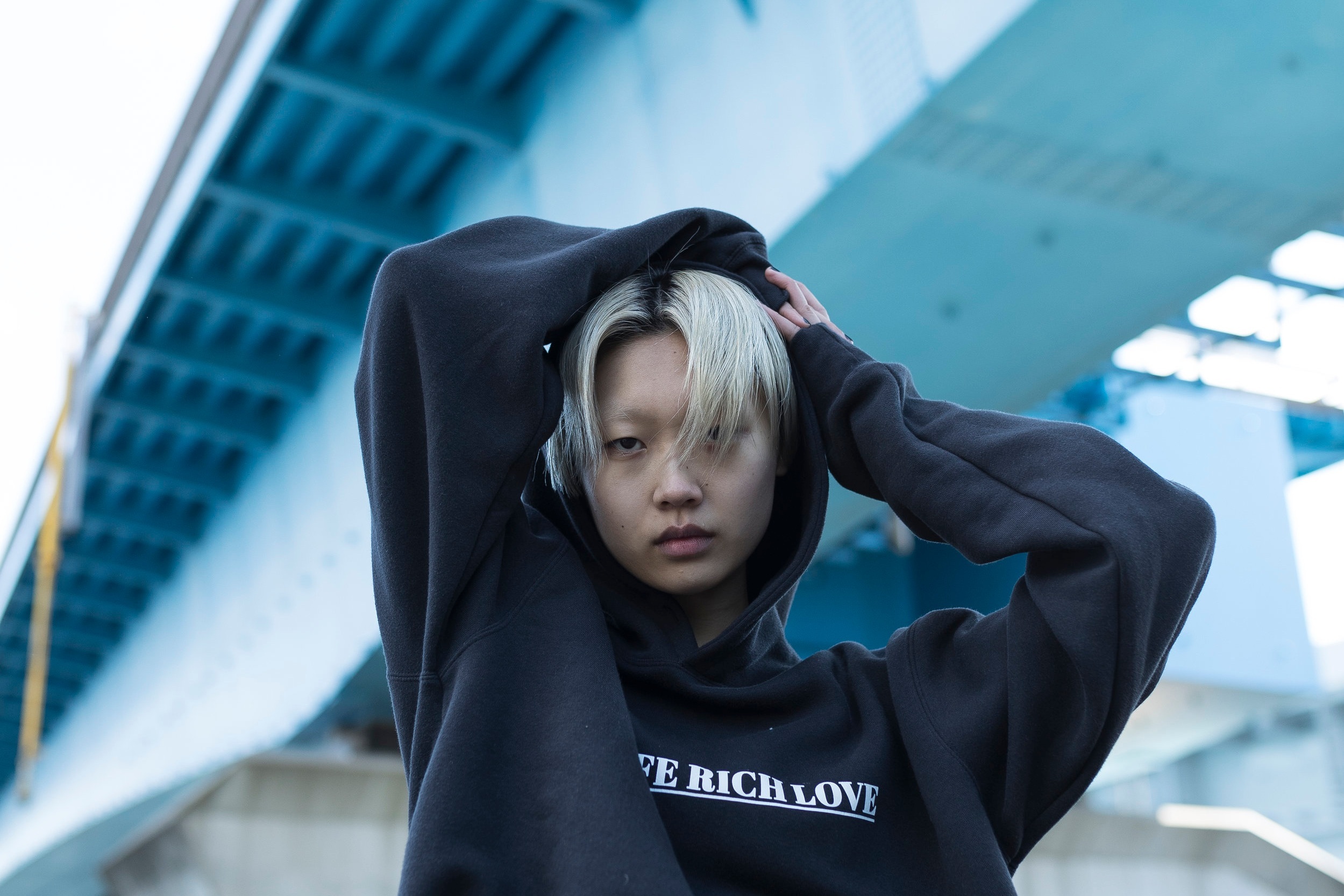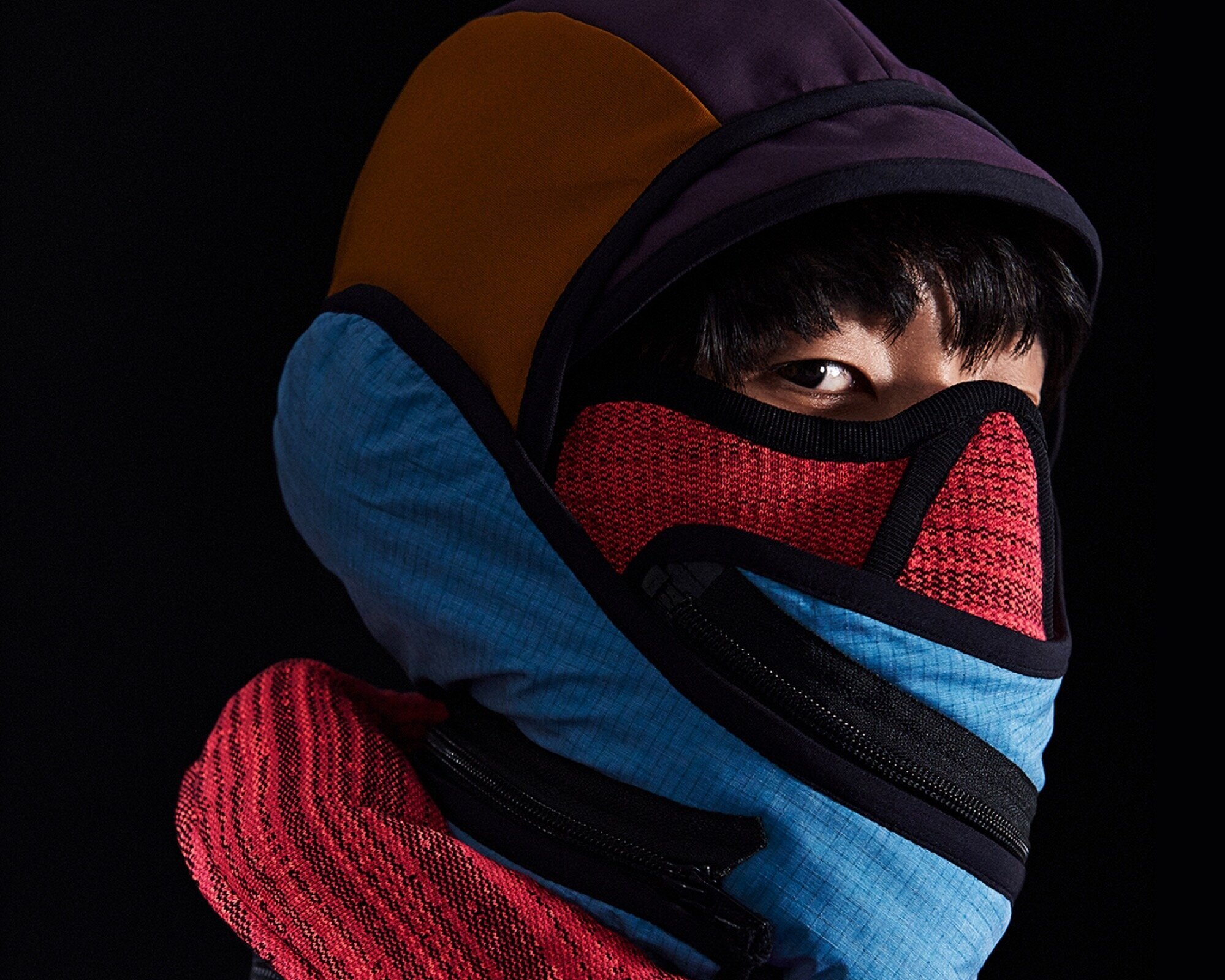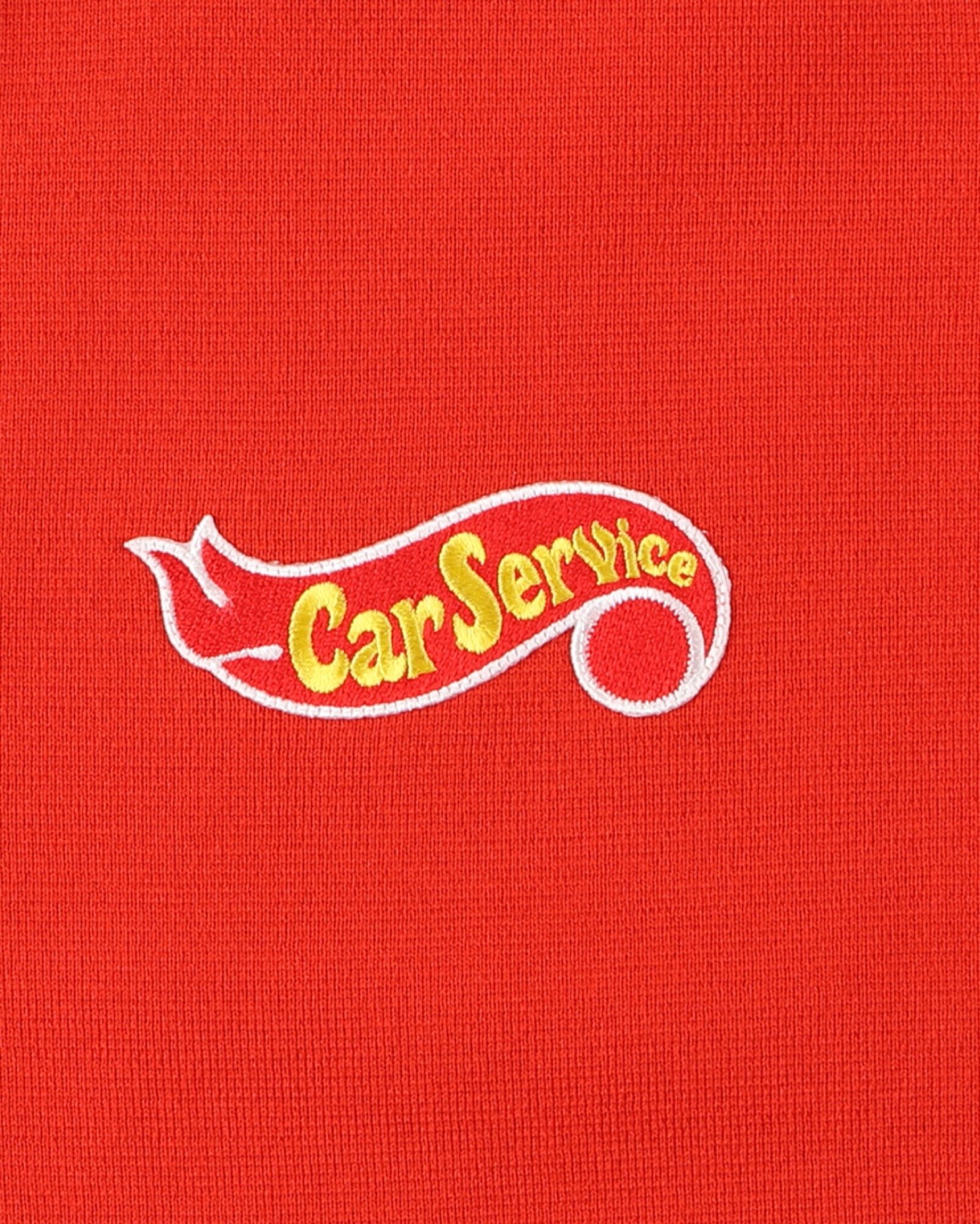Tokyo 990V5 - A Sabukaru/AFEW Editorial

A photographer by the name of Jacobus Rentmeester captured a young 21-year-old athlete with stretched arms reaching for the basket. This photograph soon later provided inspiration for the most famous sneaker motif of all time, the “Jumpman”. Upon closer inspection, you’ll notice that Jacobus’ photograph actually shows a pair of New Balance on the feet of the future legend, Michael Jordan. During this time, the sneaker world was dominated by Nike-adidas, while New Balance played a low-key and modest role.
This might seem like a disadvantage, but in actuality was New Balance’s greatest strength. While having this underemphasized role, the brand continues to play a significant part in sneaker history and modern style.
The Boston based brand has provided understated silhouettes that have helped it adapt to the styles of many different subcultures. From the late 80s to the early 90s Straight Edge hardcore scene, to the hustlers in the streets of the DMV (Washington D.C., Maryland, Virginia) area - New Balance has always been and will always be a part of street culture and a well-mastered understatement. One of the most iconic designs was the New Balance 990, a shoe design that undoubtedly adapted to many styles and genres. A design that not only just gave you a certain style or image, but allowed you to add your very own style to them.
The first 990 movements can be traced back to the Washington D.C. metro area, where the New Balance 990 slowly became a symbol of status. The East Coast just loved the 990s, and unlike the style in the rest of the US during the 80s and the 90s, D.C. didn’t care about flashy colors or complicated designs. They gravitated more towards black and grey color palettes, so a fresh pair of classic grey 990s were a match made in heaven. As stated by Curtis ‘Curtbone’ Chambers, a former gang member from D.C., If you were from out of town with a pair of grey 990s, people would say “Oh them dudes from D.C., they got New Balances on!” Paving the narrowest path of influence, this embrace of the 990 is unique to the DMV. Other local communities that have claimed the shoe as their own have worn them for long enough to see the model go from a regional cult hero to a broader global staple.
From these East Coast roots, we fast forward to today. Cities are becoming more transient and New Balance’s promise of durability and comfort are key in giving people the ability to move from point A to point B. With the rise of the social media generation, the presence of regional styles is becoming even more muddled. Rather than trying to tumble the check and 3 stripes, New Balance has always allowed the wearer to stamp their own identity on each pair and this has all given the 990s the unique ability to crop up in unexpected, yet interesting niches. Individuals that not only set themselves apart from the predictable popular sneaker choices but those who pride themselves in the differences that set them apart. Its willingness to operate outside of borders has taken it from normcore to all the way across the Pacific, to Japan.
Tokyo and New Balance
Similar to the DMV area in the late 80s, Japan has always loved to keep things low-key, sophisticated, and well-sourced. With streetwear becoming a global movement, trends and hype aligning globally, local flavors seem to be watered down in every city worldwide. But in Japan, their roots to create a modest yet very smart outfit, is something to be admired. No other country manages to look so effortlessly put together and street-smart at the same time. While walking through Harajuku and Shibuya you will definitely see and feel the global wrath of hype, but if you take a closer look, past the wild collaborations and brand-orientated outfits, you will find a world full of tasteful uniqueness.
The art to mastering these kinds of styles while adding layers, functionality, loose fits and a unpresuming cool is unparalleled, especially in Tokyo. The closer you look the better it gets. From streetwear youngsters to young creatives, to the older generation that still is rooted in streetwear, they all have their individual style. Tokyo is the global low-key champion, with brands like TNF Purple, Junya Watanabe, Nanamica and many more. These are the symbols that show Japan’s dedication to the “non-obvious cool”.
What almost all of these styles and people have in common is one brand, New Balance. No matter where you look, from those “who know” to those who do not need a loud collaboration, they all adore adding New Balance to their uniform.
The blank canvas the brand provides to each outfit is the perfect opportunity to tell your own visual story. Wearing a big collaboration from a Portland brand usually starts and ends with your style story. That’s not a bad story at all, but most definitely an easy one. There is not much style to add to a shoe that finds top dollar on Stockx, or one that teenagers crave all around the world just to get a slice of the hype cake. A pair of New Balance, especially the 990s are the perfect answer for a oversaturated hype market. The transcending silhouette is the perfect option for those that want to do more than just impress people by what’s on their feet.
To highlight these styles and visually showcase these looks, we hope to inspire you to dress differently and think outside the box. Biancissimo has teamed up with AFEW and New Balance to present to you a homage to Tokyo's New Balance 990 love and style.
A contemporary editorial that shows how strong “low-key” can be. How a beautiful grey shoe can enable your style to tell a different story, besides the streetwear mainstream storybook of today. With Nico aka “Yuthanan”, this project involves one of the most experienced connoisseurs of the Tokyo style. A master in layers, quality, and camera work. Together with Sabukaru’s editor-in-chief, Adrian Bianco, Yuthanan shot and styled this Editorial. A digital and analogue mix highlighting the Tokyo New Balance 990 style.
Tokyo 990V5 - A Sabukaru/AFEW Editorial
A Sabukaru Editorial:
Photographer: Yuthanan & Adrian Bianco
Produktion: Marta Espinosa
Models: Taro Imai & Kei
Hair and Make up: Mariko
Text: Adrian Bianco & Charlie Duong






